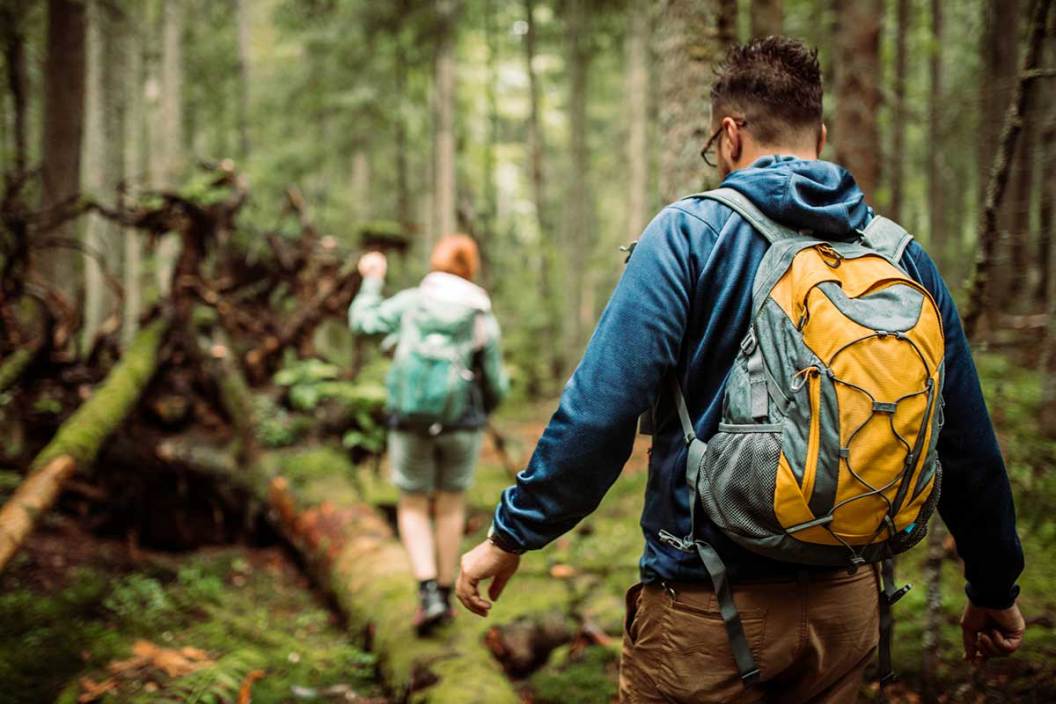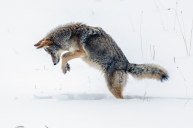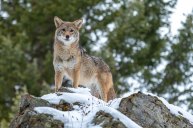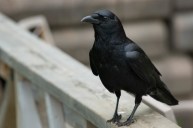There are plenty of reasons to plan, prepare, and create a walk in the outdoors that is secure and enjoyable, and will keep you coming back—but sometimes nature has a different idea. Sure, we take water, snacks, our cellphone, and keep bug spray and sunscreen handy for those warm-weather walks, but we can't foresee every circumstance that can unfold before us.
With that in mind, we'd like to shed some light on a few things you may have heard about or would just like some more information on. These are a few things that are good to know when getting out into an area that is far from home, or even when traveling close to home in regions with larger predators or frequent storm activity. We love traveling in the outdoors on our own two feet, but it is our eyes and ears that supply the most information to us. Knowing what signs to look for when traversing the great outdoors can go a long way toward making your journey happy and healthy. Now it's just a matter of having this information in your back pocket to use when things change for the worse. Here's hoping that never happens to any of us.
Scavenging Bird Activity
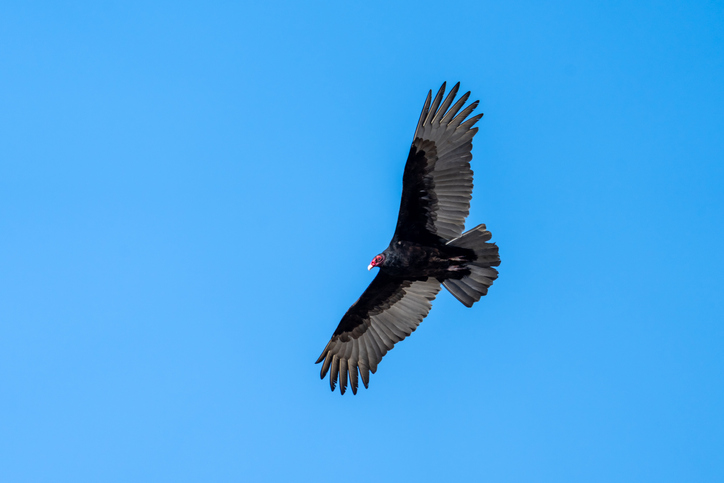
Turkey vulture, carrion crow, or buzzard—whatever you call them, they have a very specific job in nature, and we should all be thankful for that. But as they clean up nature's mess, scavenging birds also provide a sure sign that something has died—and that means crows, hawks, and even bald eagles can be on a death site. This is a harbinger of news in the woods that can also draw predators such as coyotes, wolves, and bears. This also goes for hunters who routinely hunt areas where they have field dressed an animal or are still tracking wounded game. While hunters carrying firearms may be more protected as they walk, anyone can have a sudden run-in with a wild animal looking for something to eat.
Carcass Sighting

Jeff Gritchen/Digital First Media/Orange County Register via Getty Images
This is similar to seeing scavengers and finding them on a dead animal, but the difference here is more about coming across a larger carcass such as a deer or elk. In areas where both game animals and predators can be found, this can be a sign of stored cache by a larger predator such as a bear or a mountain lion.
It can also simply be a dead animal unfortunately close to a trail or campsite. Either way, turkey vultures, crows, and ravens are the least of your worries when you happen upon a carcass likely to be visited by other creatures that can be very territorial and unhappy to see you.
Animals Crying or Howling
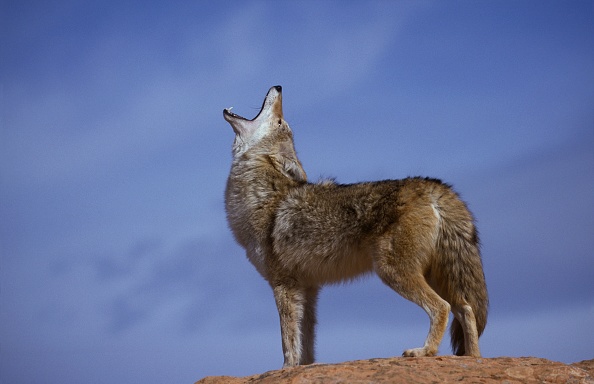
Photo by Sylvain CORDIER/Gamma-Rapho via Getty Images
Wolves and coyotes howl both to communicate their location to other members of the pack and to warn off other rival packs. Coyotes, for instance, can make a wide variety of sounds, but like any predator they are silent when they hunt. The difference is that humans can use these sounds to recognize that these animals are present and to avoid them. Crying animals such as rabbits do so when they are in distress, possibly when they have become wounded or are being attacked by a predator. This, in turn, can and will garner the attention of other predators (as any coyote hunter will tell you), which can be a precursor to an unwanted interaction with you or your family out on the trail.
Smoke

A telltale sign to avoid among hikers, hunters, and campers is smoke in the air. Sometimes it's a campfire and sometimes a controlled burn; but where there is smoke, there is fire—and it should be avoided at all costs. Even so, this is a "if you see something, say something" scenario and should be reported if the source is not obvious, especially in the deep woods. The first order of business is to leave the area and call 911, since you can never underestimate the power of a wildfire. A fire can change and grow in intensity very quickly, particularly in windy conditions and especially if flames are visible.
Bear Cubs
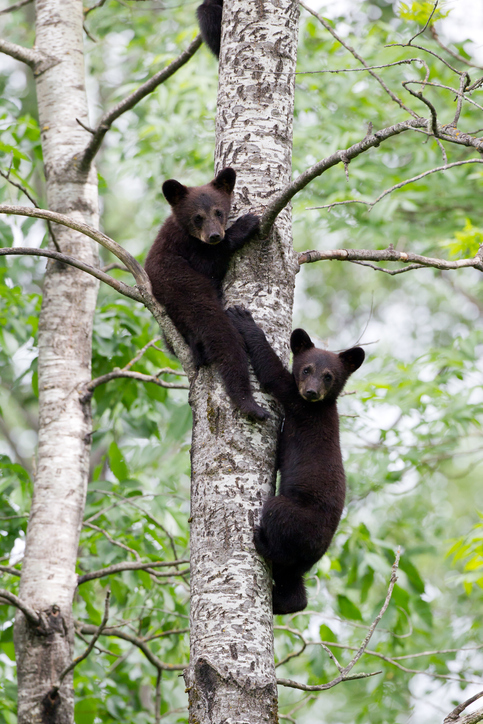
For those who live, hunt, or hike in regions where bears exist, the sight of a cub or two can be one of the most invigorating and happy circumstances you can have in the woods—until you come to your senses and remember that the mother sow is never far away. Once you've come to this realization, don't panic or run; simply make your presence known by moving in the opposite direction. Try to keep your eye on the animal or animals to make sure they are doing what most wild creatures would do: avoid the human they just saw. Bear cubs are cute and cuddly looking, but their mother is not. Try not to let yourself get between her and her cubs, and always give them a way to escape.
Recent Storms
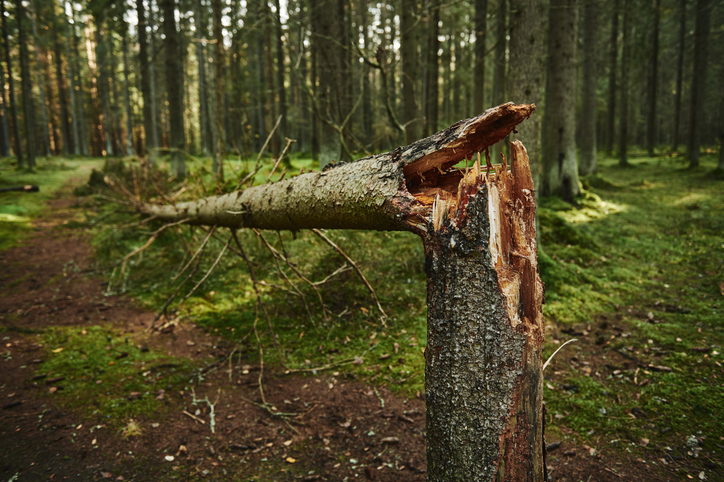
Thunder and lightning are things to avoid, and never try to walk through the woods during any storm. In addition, the aftermath of heavy winds such as from a tornado can leave the woods and hiking trails a mess, along with a plethora of hidden dangers. Not all that long ago, we discussed this at length to give you an idea of what to look for and what to avoid after a storm, but every area is different.
Whether you are hiking or plan to do some damage recon—with a commitment to the hard work of clearing, fixing, and adjusting trails as needed—or just want to clear the path you regularly walk, you will still need to take time to adjust to the recent damage. Trees can now carry large broken limbs that can fall at a moment's notice; and new brush piles can be loaded with critters that weren't there before, such as snakes.
The bottom line is be aware of your surroundings at all times for the safest, happiest hike or scouting trip that brings you home safely.
Please check out my book "The Hunter's Way" from HarperCollins. Be sure to follow my webpage, or on Facebook and YouTube.
